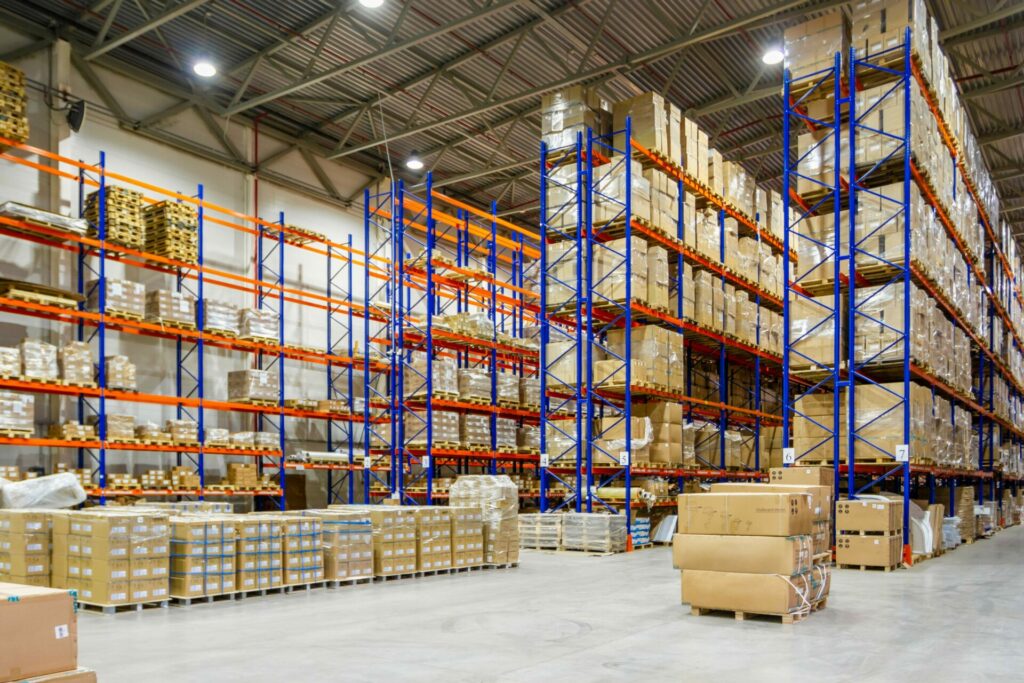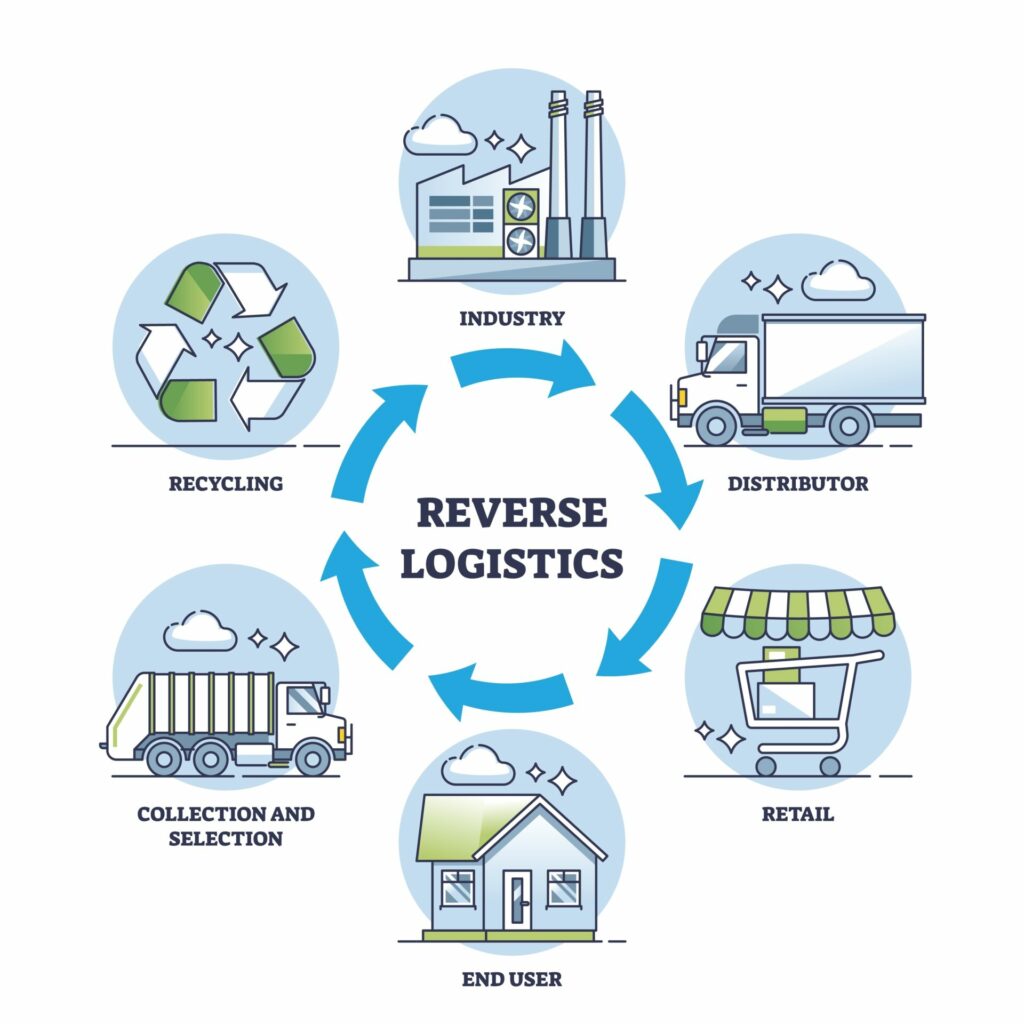What causes ecommerce merchants the biggest headache? The free shipping conundrum.
As we discussed in our last episode, this opens up a whole can of worms. Should your ecommerce business be offering free shipping? If so, how fast should your shipping method be? And is fair to consider a free shipping threshold?
Navigate to any ecommerce or logistics news site, and you’ll be inundated with resources that promise to reveal what customers are looking for when it comes to shipping and delivery.
We’re told that today’s online shoppers loathe the idea of paying for shipping – but that 70% are willing to splash out for expedited delivery methods to get their orders faster. And even as the carbon-heavy same-day delivery market is set to hit $9.6 billion in 2022, consumers are demanding that brands work harder to be friendly to the planet.
Conflicting surveys make it near impossible to build a clear picture of consumer expectations. But there’s one thing we know for sure; that delivery options give brands a serious competitive advantage.
Shipping costs remain the number one reason for cart abandonment in ecommerce. All those dissatisfied customers will ultimately go on to shop with someone else – and you want that to be your business.
Logistics insider CJ Confer is here to help us navigate the free shipping puzzle, and what your business needs to consider when introducing free shipping at your online store.
It’s about flexibility, not price.
The industry obsession with free shipping means that ecommerce merchants often overlook that it isn’t a panacea for being a successful retailer.
Imagine that you decided to open a gelato shop that stocked only one flavor. Anyone would tell you right off the bat that this isn’t a winning business strategy.
Some people will love it and will come back time and time again. But most will quickly get bored and go to a competitor with more variety. Those who don’t like your flavor won’t bother buying from you at all.
The moral of the story is that if you don’t give your customer options, you’ll struggle to fulfill their needs. So, where is the logic of offering only one shipping method?
The truth is that we’re past the point where the standard 3-day delivery option is fit for purpose. Some customers will want their goods in a faster timeframe. Others will happily wait longer if it means that delivery is free.
And as the gelato analogy shows, consumer desires rarely stay static. They might want vanilla one day, and chocolate the next. Likewise, customers will consider some purchases ‘‘urgent’ and requiring same-day shipping, while others can wait a week or more.
In short, it’s impossible to please all of your customers – unless you offer multiple delivery options that cater to these preferences.
But how do you strike a balance between offering flexibility and overwhelming your customer with too many choices? According to CJ, this comes down to understanding your end customer:
“With our increased reliance on ecommerce due to COVID-19, it’s become extra important to let your customer manage their own experience.” Says CJ Confer. “Consumers today expect free shipping to be available, as well as some kind of expedited delivery. It’s about making sure that you can cater to your customer’s needs by giving them agency over the end-to-end shopping experience.”
Lead with your inventory
For all the benefits of adopting free shipping, it’s the lure of more sales that’s usually the biggest drawcard for merchants. A study by Stitch Labs found that businesses offering free could see as much as a 10% increase in revenue.
But calculating the actual cost of free shipping is much easier said than done.
With now the industry standard for determining shipping fees, costs will often vary wildly between SKUs. In particular, it’s easy for merchants to get caught out when handling oversized or heavy merchandise. High shipping costs can result in massively eroded profit margins – known in industry-speak as ‘getting DIMed out.’
“When offering free shipping, merchants really need to know their inventory.” Says CJ. “For items with a low DIM weight such as apparel, free shipping is relatively affordable. But they’ll be certain SKUs where it simply isn’t possible to offer free shipping without making a loss. It’s important to keep an eye on this each season as new SKUs come in and consumer habits shift.”
Using streamlined packaging designs is one way that merchants can lower DIM weight and save money on shipping, but this is difficult for product categories such as furniture or home fitness. You’ll need to accept that certain items will have to be excluded from your free shipping offering.
There can be too much of a good thing
Any logistics expert will tell you that free shipping without boundaries sets a dangerous precedent – one that consumers are only too happy to advantage of.Know your limits!!!

In the age of Amazon Prime, consumers have grown accustomed to jumping online to order something the moment it pops into their heads. The result is that small orders are placed often – sometimes extremely often. According to Statista, 20% of Amazon Prime members in 2019 placed orders multiple times per week.
Amazon Prime is a classic case study in how blanket free shipping policies can cause micro-ordering tactics to become the norm. Why? Because without shipping fees or even a free shipping threshold, there’s zero incentive for customers to condense their purchases into one delivery.
When a culture of micro-ordering takes hold, these extra shipping and packaging costs quickly become very costly for retailers. This is easy enough to weather when you’re a behemoth like Amazon, but less so if you’re an independent online seller with much narrower profit margins.
“With free shipping, it’s very difficult to put the genie back in the bottle.” Says CJ. “Making changes to your policy is likely to be interpreted as pushing shipping costs onto your customers, which isn’t going to go down well. That’s why it’s so important that you get it right from the start by knowing what costs your business is able to absorb.”
There’s one burning question left to ask: Will free shipping create a more positive customer experience?
Why? Because the shipping experience is about far more just than the method itself.
You can make turbo-charged free shipping into a key selling point, but still add friction to the customer experience by failing to communicate important information like shipping updates. If customer care is lacking, is doesn’t matter how fast or cheap delivery is; customers are unlikely to want to shop with you again.
Whatever shipping strategy you decide on, you need to make sure that it’s customer-centric. This way, you’re focusing on delivering a seamless, end-to-end experience, rather than trying to be the next Amazon.
Your customers will thank you for it!




